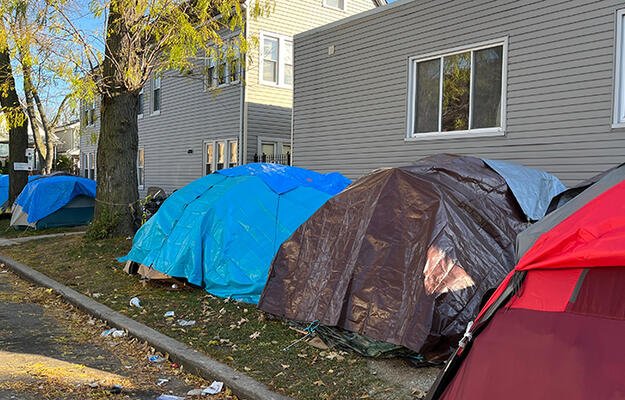
Does Permanent Supportive Housing Decrease Homelessness?
- Title:
- Does Permanent Supportive Housing Decrease Homelessness?
- Author:
-
Kevin Corinth
- Source:
-
Journal of Housing Economics
- Publication Date:
-
2017
Can the expansion of permanent supportive housing (PSH), which provides permanent housing with accompanying support services to homeless people, explain the reduction in homelessness between 2007 and 2014? Kevin Corinth examines this question, using homeless counts during this period from the 414 US continuums of care, cities and states that must report the number of sheltered and unsheltered homeless people on a regular basis. Controlling for other factors that would influence homeless counts, including unemployment rates, median rent, and year-to-year changes in weather, Corinth estimates the long-run association between homeless counts and PSH beds, as well as the causal effects of PSH beds using federal funds for homeless assistance as instruments. Finding that PSH explains only a modest portion of the gap between the predicted increase and actual decrease in homelessness during this period, the author discusses other explanations for the decrease in homelessness.
Key findings
- One additional PSH bed is linked with a reduction in the homeless population by 0.04 to 0.12 people.
- The addition of one PSH bed decreases the homeless count by up to 0.10 people.
- Permanent supportive housing explains 6 percent of the gap between the predicted increase and actual decrease in homelessness between 2007 and 2014, or 39 percent when accounting for migration.
- Permanent supportive housing’s relatively modest impact on homeless counts may be explained by poor targeting of PSH, variable exit rates into private housing from PSH relative to homelessness, incentives to remain homeless, miscounts of the homeless population, and migration because of expanded PSH.


